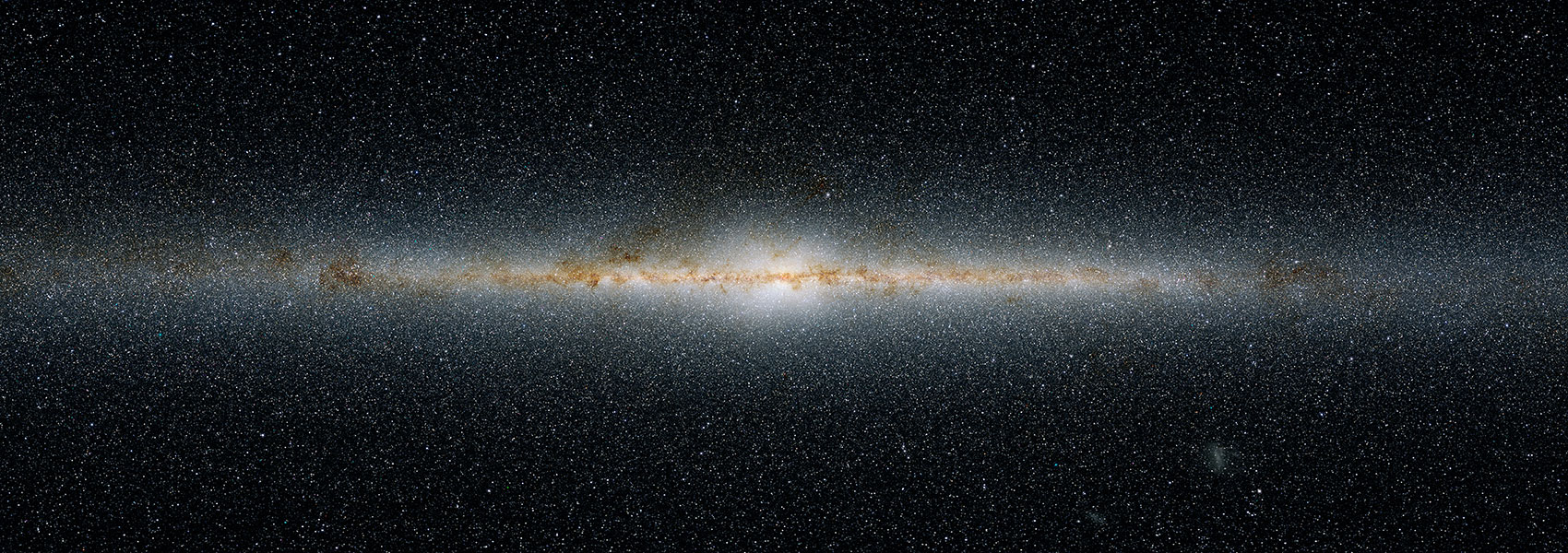March
2019
•
2019AJ....157..121C
Authors
•
Calchi Novati, S.
•
Suzuki, D.
•
Udalski, A.
•
Gould, A.
•
Shvartzvald, Y.
•
Bozza, V.
•
Bennett, D. P.
•
Beichman, C.
•
Bryden, G.
•
Carey, S.
•
Gaudi, B. S.
•
Henderson, C. B.
•
Yee, J. C.
•
Zhu, W.
•
Spitzer Team
•
Abe, F.
•
Asakura, Y.
•
Barry, R.
•
Bhattacharya, A.
•
Bond, I. A.
•
Donachie, M.
•
Evans, P.
•
Fukui, A.
•
Hirao, Y.
•
Itow, Y.
•
Kawasaki, K.
•
Koshimoto, N.
•
Li, M. C. A.
•
Ling, C. H.
•
Matsubara, Y.
•
Miyazaki, S.
•
Muraki, Y.
•
Nagakane, M.
•
Ohnishi, K.
•
Ranc, C.
•
Rattenbury, N. J.
•
Saito, To.
•
Sharan, A.
•
Sullivan, D. J.
•
Sumi, T.
•
Tristram, P. J.
•
Yamada, T.
•
Yonehara, A.
•
MOA Collaboration
•
Mróz, P.
•
Poleski, R.
•
Skowron, J.
•
Szymański, M. K.
•
Soszyński, I.
•
Kozłowski, S.
•
Pietrukowicz, P.
•
Ulaczyk, K.
•
Pawlak, M.
•
OGLE Collaboration
•
Albrow, M. D.
•
Chung, S. -J.
•
Han, C.
•
Hwang, K. -H.
•
Jung, Y. K.
•
Ryu, Y. -H.
•
Shin, I. -G.
•
Zang, W.
•
Cha, S. -M.
•
Kim, D. -J.
•
Kim, H. -W.
•
Kim, S. -L.
•
Lee, C. -U.
•
Lee, D. -J.
•
Lee, Y.
•
Park, B. -G.
•
Pogge, R. W.
•
KMTNet Collaboration
Abstract
•
We report the discovery of a sub-Jupiter-mass planet orbiting beyond the snow line of an M dwarf most likely in the Galactic disk as part of the joint Spitzer and ground-based monitoring of planetary microlensing anomalies toward the Galactic bulge. Most of the microlensing parameters are strongly constrained by the light-curve modeling, and in particular there is a Spitzer-based measurement of the microlens parallax, π E. However, there are no caustic crossings, so the angular Einstein radius has only an upper limit based on the light-curve modeling alone. Additionally, the analysis leads us to identify eight degenerate configurations: the fourfold microlensing parallax degeneracy being doubled by a degeneracy in the caustic structure present at the level of the ground-based solutions. To calculate the physical parameters, and at the same time to break the parallax degeneracy, we make use of a series of arguments: the χ 2 hierarchy, the Rich argument (stating that the small-parallax solution is more likely), and a prior Galactic model. The preferred configuration, favored by a likelihood ratio of at least 4000, is for a host at {D}L={3.73}-0.67+0.66 {kpc} with mass {M}{{L}}={0.30}-0.12+0.15 {M}⊙ , orbited by a Saturn-like planet with {M}planet} ={0.43}-0.17+0.21 {M}Jup} at projected separation {a}\perp ={1.70}-0.39+0.38 {au}, about 2.1 times beyond the system snow line. Therefore, it adds to the growing population of sub-Jupiter planets orbiting beyond the snow line of M dwarfs discovered by microlensing. Based on the rules of the real-time protocol for the selection of events to be followed up with Spitzer, this planet will not enter the sample for measuring the Galactic distribution of planets.
Links




